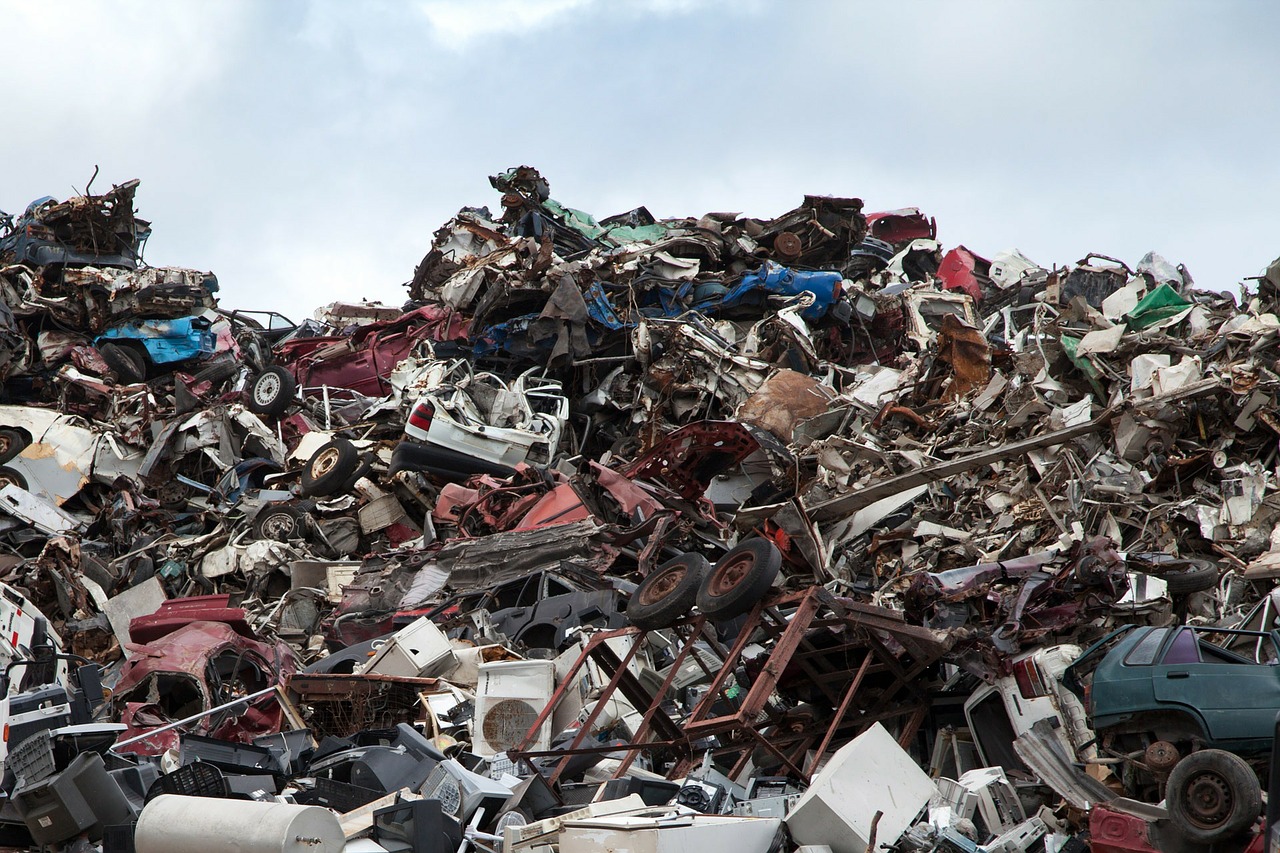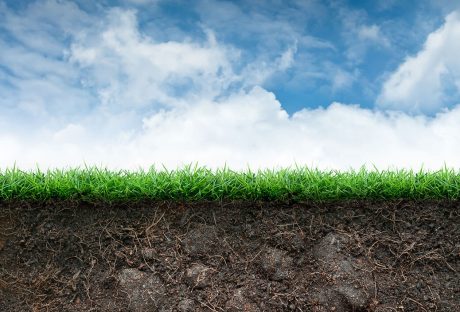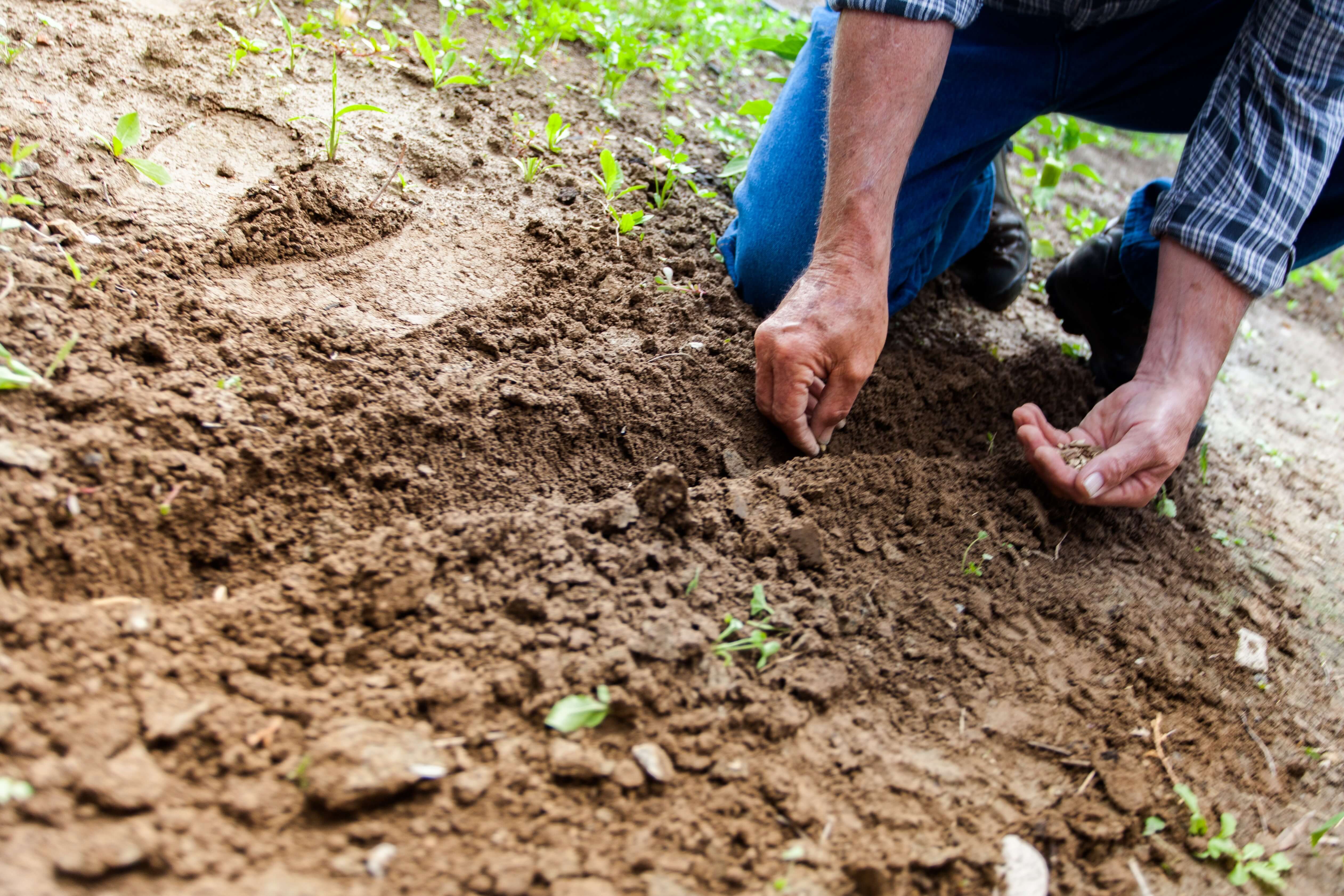One man’s trash could be another’s treasure. This statement still rings true no matter how cliche it has become. Yes, trash can turn into wealth. You just have to know how to do it. Learn the ways of finding or creating value out of something already discarded.
Contents
Go to a scrap yard:
You’ll be surprised by how a place for garbage can be a good starting point for making money. You can go to a scrap yard in Dudley, for example, and examine the piles of trash laid out in the open. Don’t expect to be picking coins, bills, or gold bars, though. It’s not going to be a leisurely task. You need to spend time and effort to go through numerous items meticulously in order to find something worth taking. In the scrap or wrecking yard, your primary objective is to collect and sell metals.
Items you need:
To get started, there are things you need to prepare. One of which is a magnet. It doesn’t have to be too big. Something the size of a penny will be enough. It can be a magnet from damaged earphones or speakers. You don’t need to spend anything on it. Another thing you need is a container for your collected metals. It can be a sack, a barrel, or a truck, depending on the quantity of metal you plan to collect and the sources you will be frequenting.
Distinguishing ferrous and nonferrous metals:
Metals can be ferrous (containing iron) or nonferrous (does not have iron). The former is attracted to magnets while the latter is not. It is recommended focusing on the metals that stick to your magnet because they tend to have higher value. This is why you need to prepare a magnet before you head out to collect scrap metal.
Cleaning and sorting your collection:
Buyers of scrap metal prefer clean items. If you bring uncleaned scrap, it’s unlikely it’ll fetch a good price. That’s why it’s recommended tidying your collection. Cleaning does not mean washing the metals with detergents or disinfectants, though. Cleaning here refers to taking away attachments or objects that are not part of the metal. For example, if you have copper with insulators or brass attachments with it, it is not considered clean. Hence, you have to spend some time removing the unwanted components. The unnecessary parts bloat the weight—something buyers would somewhat exploit to reduce their pricing drastically.
On the other hand, you can also get higher pricing if you group the same metals before you take them to the buyer. Put your similar scrap in separate bags. Copper should be in the same container as other copper scraps. Steel should be with steel. You need to self-educate yourself in identifying metals. Fortunately, there are many guides or tutorials online that can help you. You don’t need any specialized training.
You don’t necessarily have to make scrap metal selling your main livelihood. It’s just something worth experiencing. There are many, though, who have found the sale of metals so good an opportunity that they eventually ventured into becoming the buyers of scrap metal themselves.
Read Also:






















